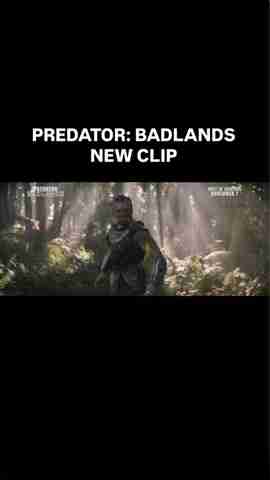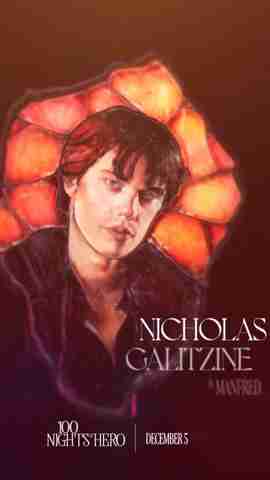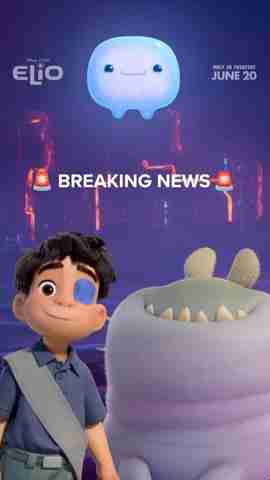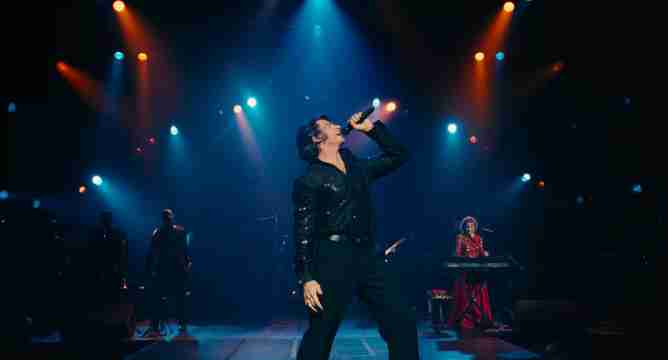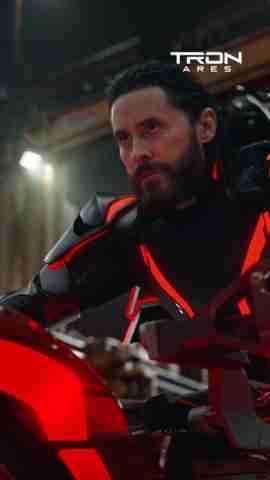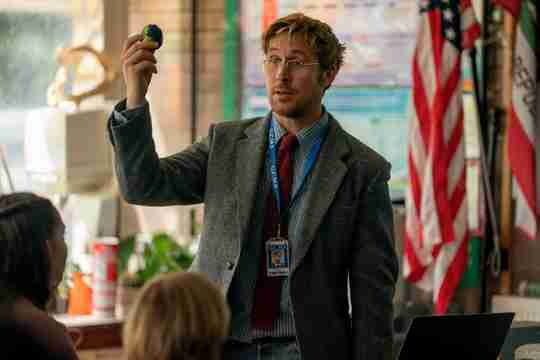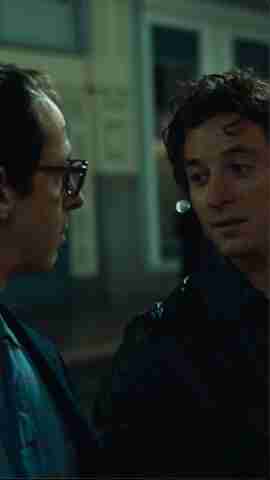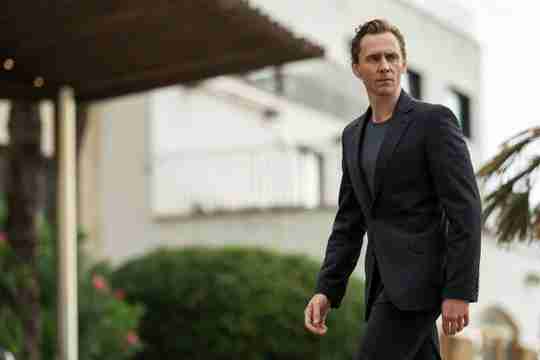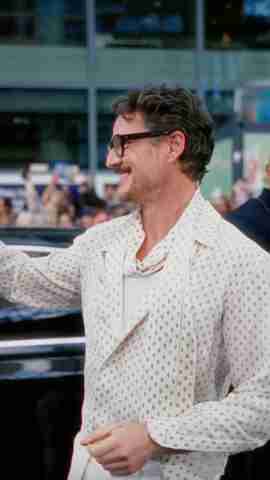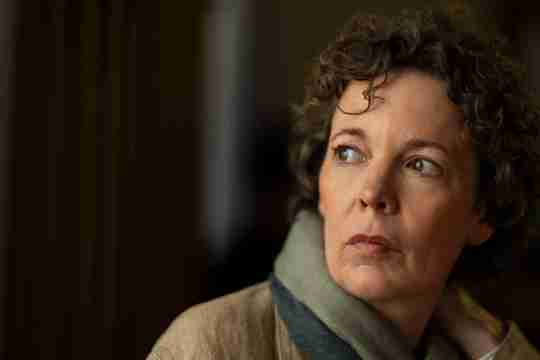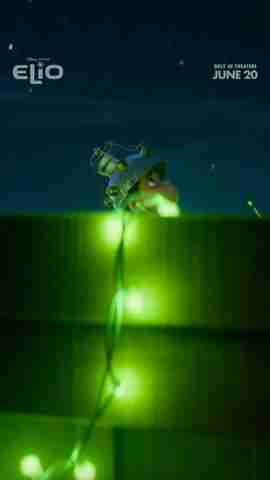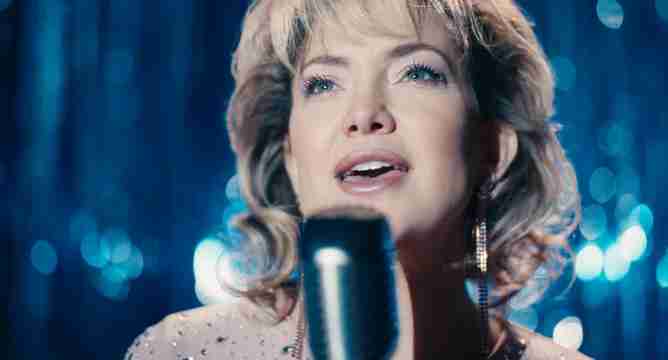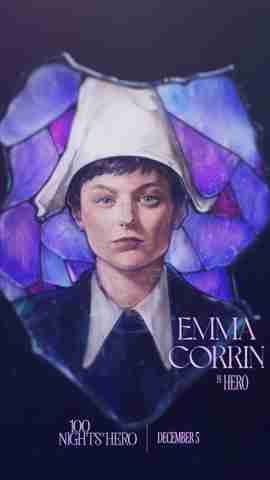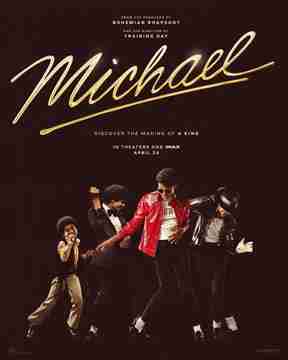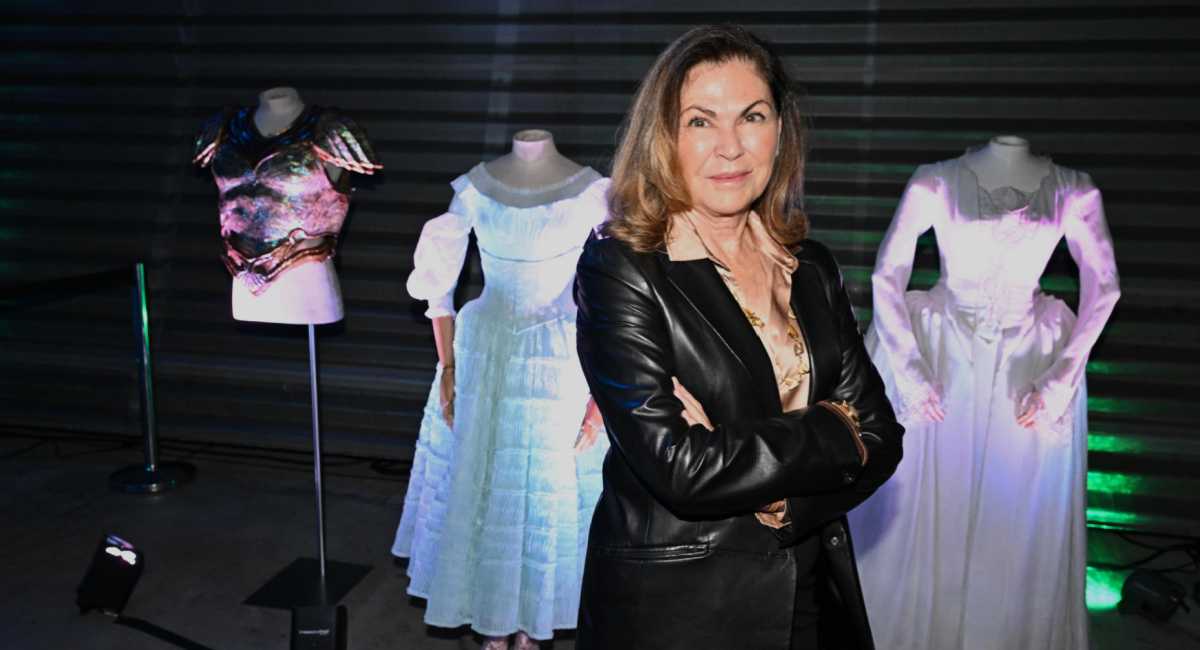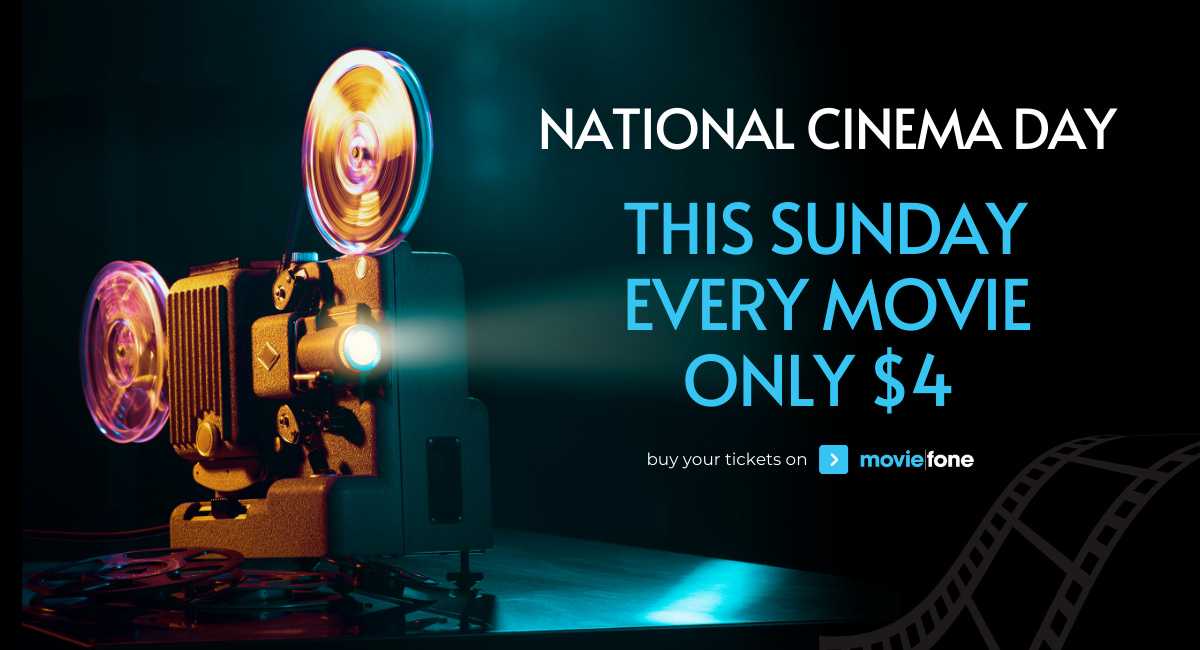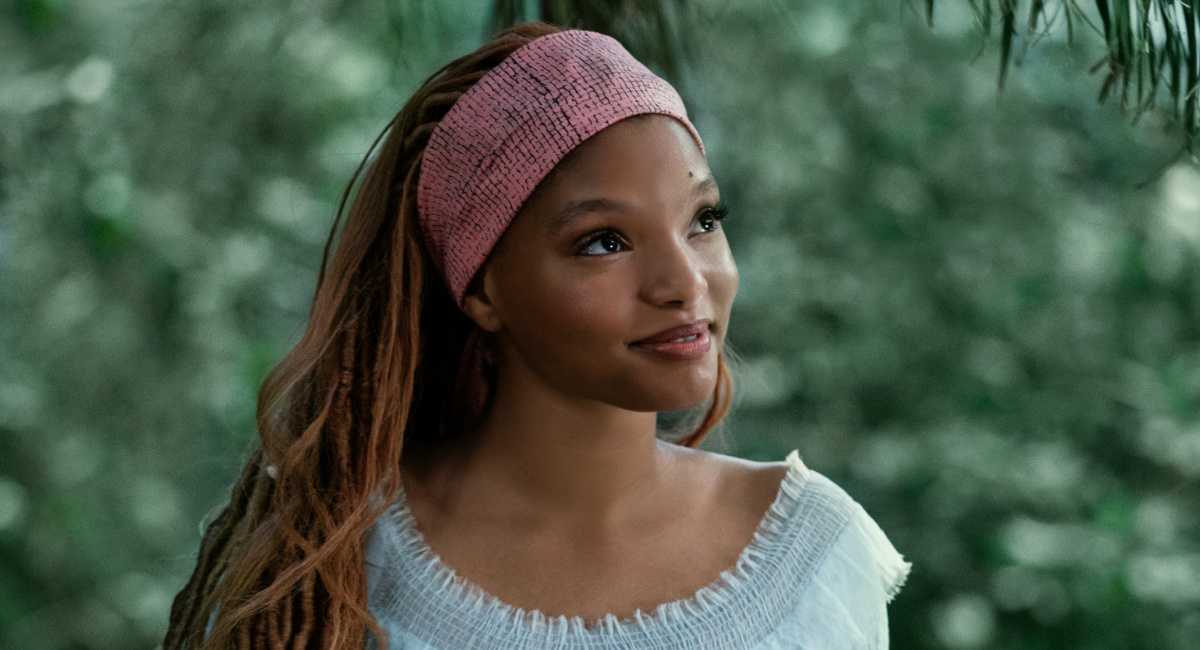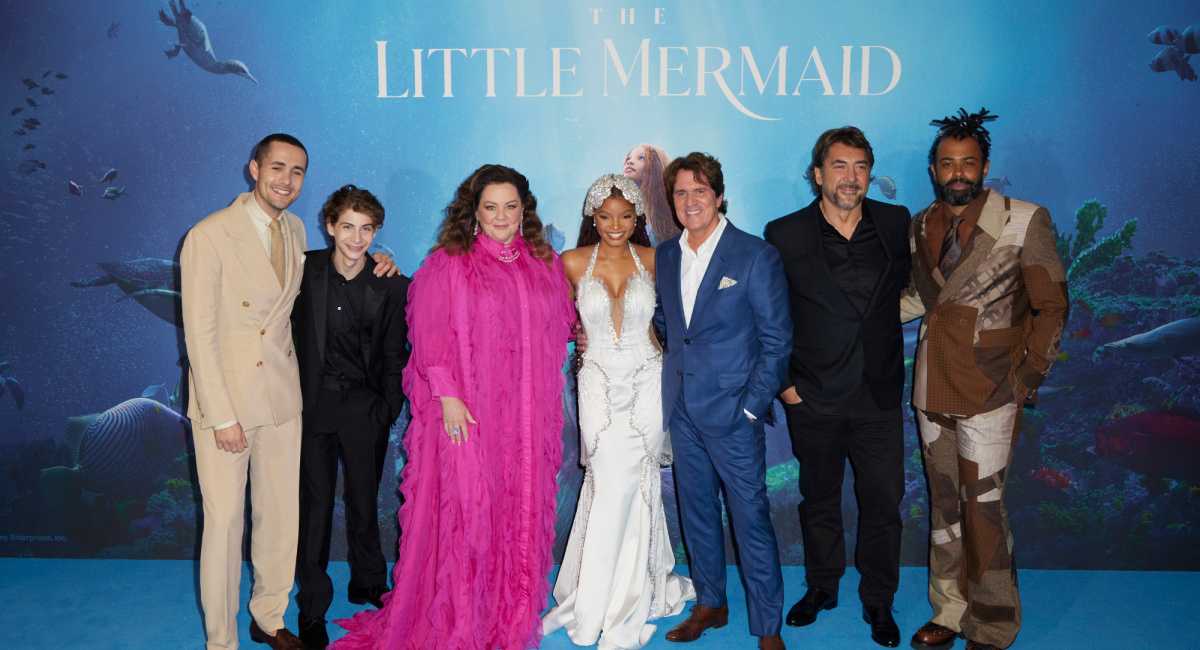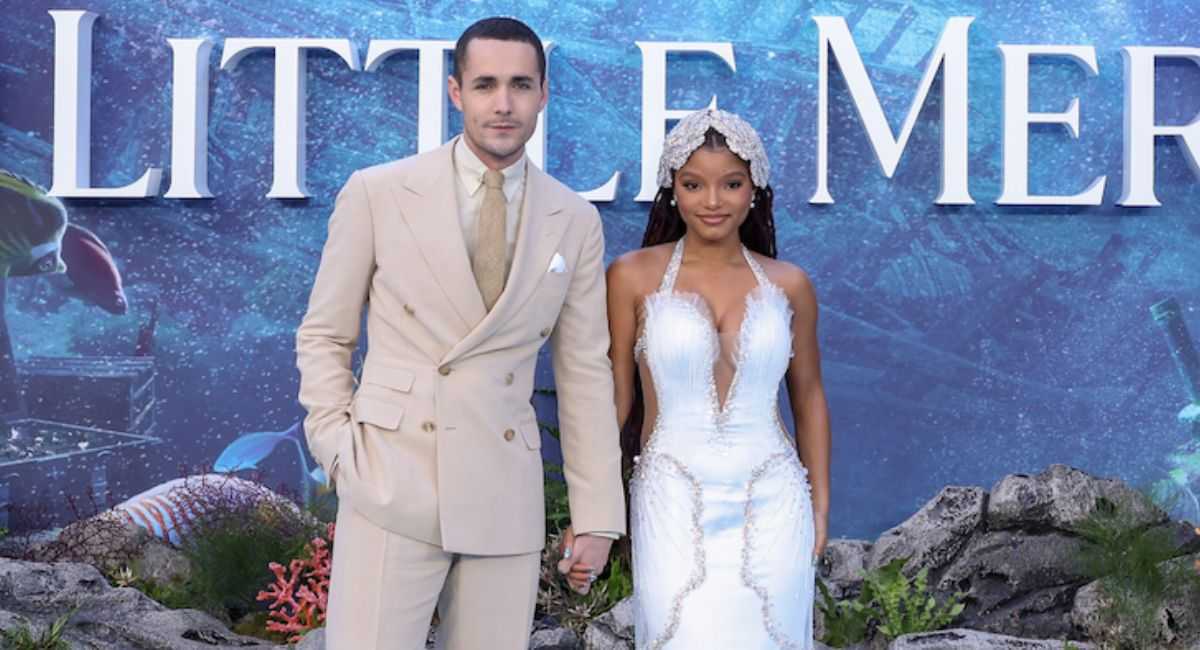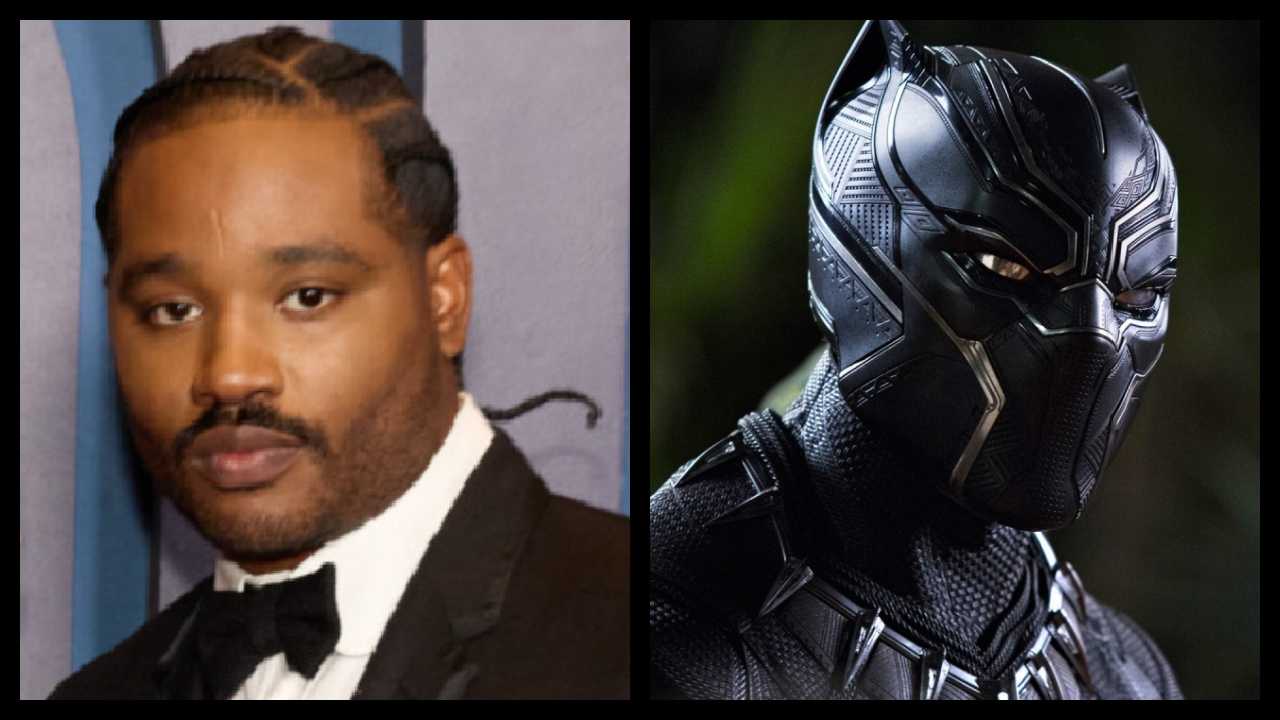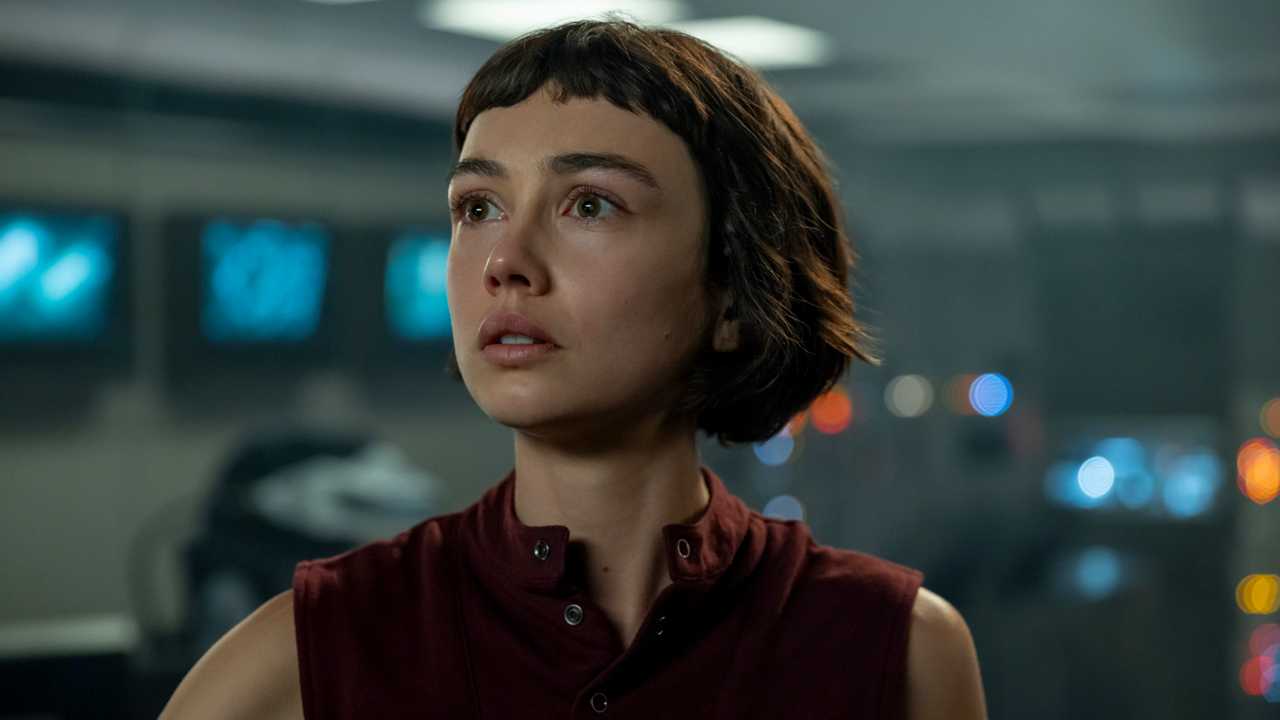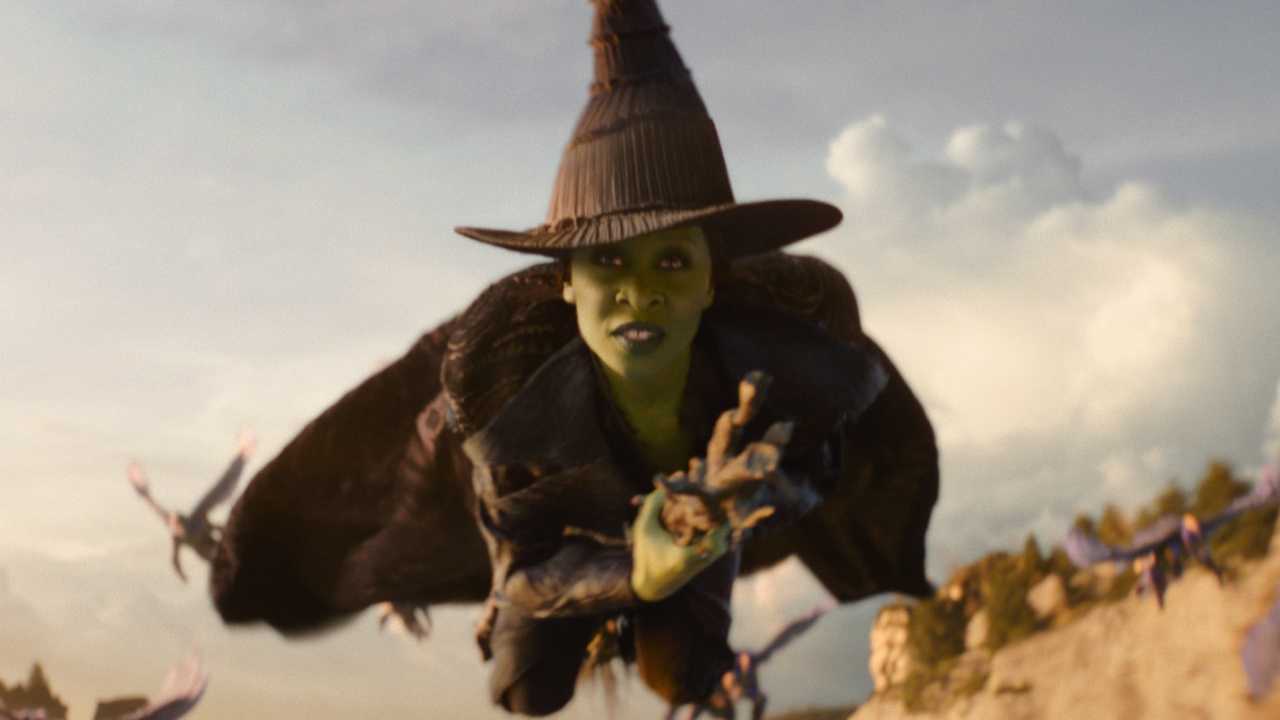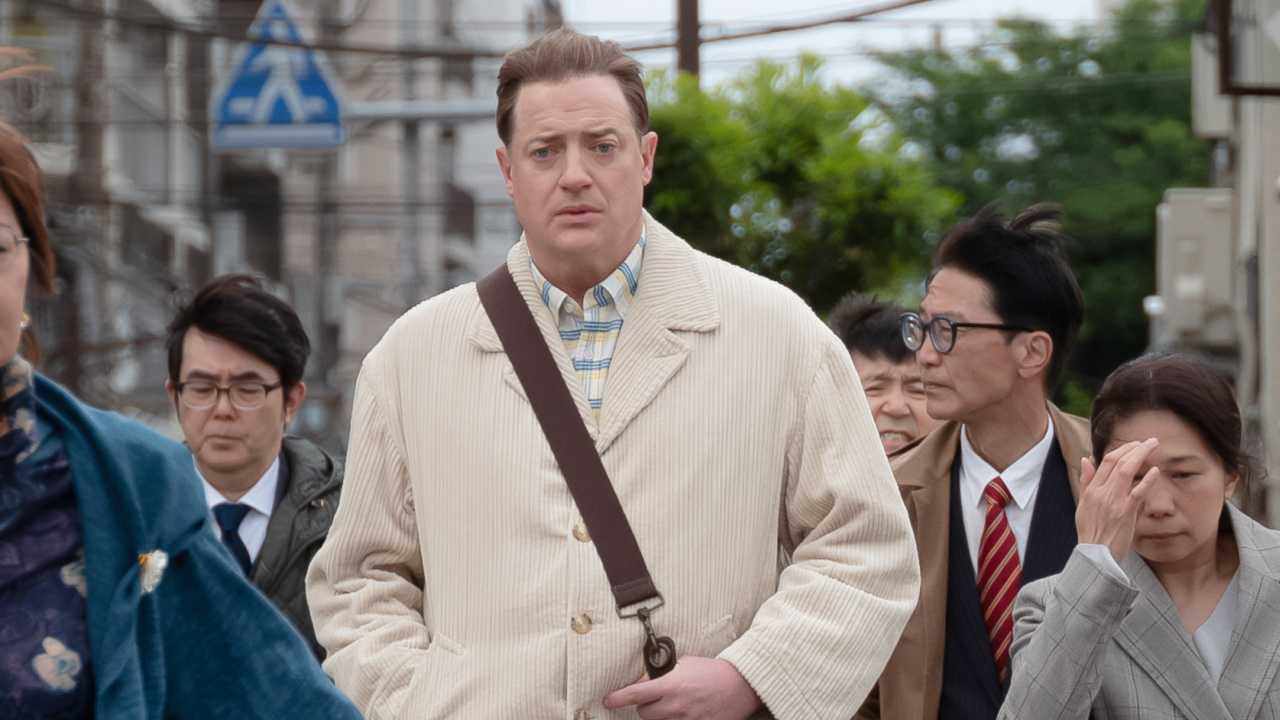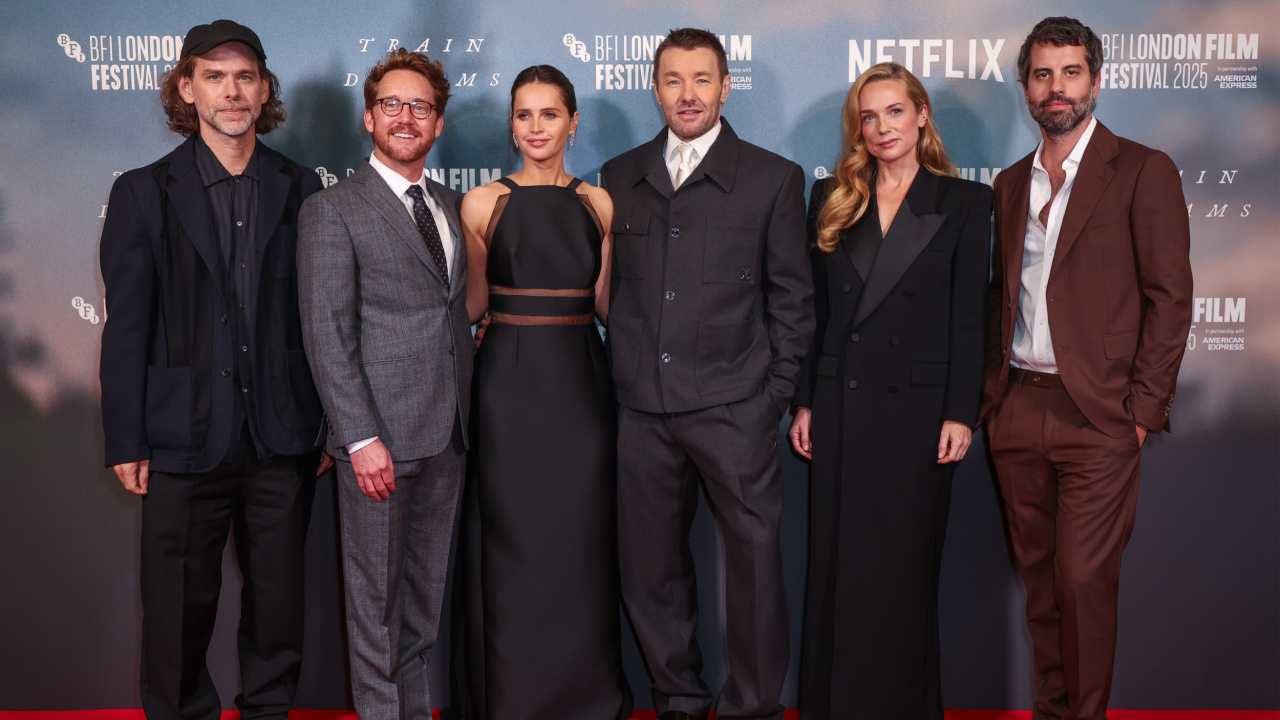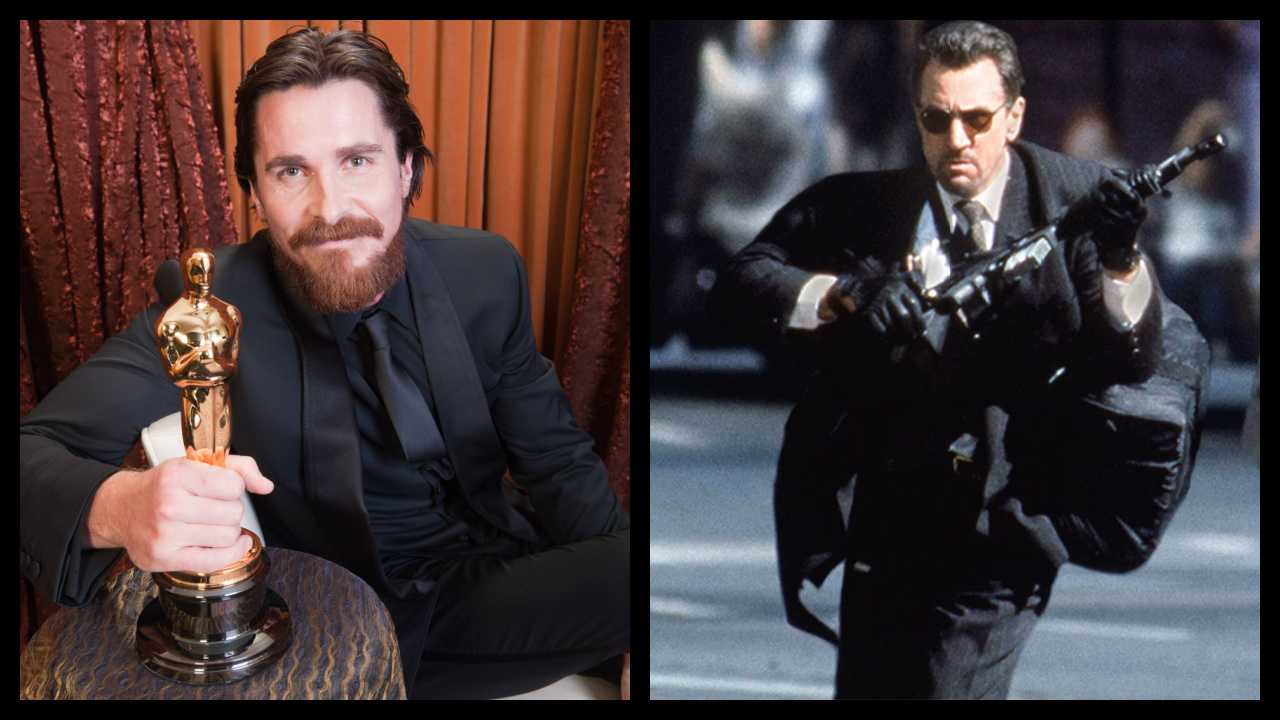‘Little Mermaid’ Director Ron Clements and Animator Mark Henn on the Origins of Your Favorite Princess Movie
1989’s “The Little Mermaid” is a certifiable classic, as brilliantly conceived and animated as any of the masterworks from Walt’s heyday. It is also one of the most important movies in the Disney animated canon, lifting the studio up out of a precarious position and turning it into the worldwide powerhouse it is today. And it all started with co-director Ron Clements thumbing through an old book of fairy tales in a North Hollywood book store. He took the idea back to work and pitched it in what was then known as The Gong Show -- animators would quickly pitch newly instated Disney CEO Jeffrey Katzenberg and if their idea was rejected, it would be “gonged” and other ideas would be heard.
During this round of pitches, Clements, who would go on to co-write and co-direct the film with John Musker (who quietly retired last year), actually got gonged. But we’ll just let him talk about it … Sitting with Clements was master animator (and honestly one of the nicest guys on the planet) Mark Henn, who also talked about the making of the unforgettable film (which has just been reissued on Blu-ray and digital).
At the same time that you pitched “The Little Mermaid” you also pitched what would eventually become “Treasure Planet,” right?
Clements: I pitched both of those. I wrote two-page treatments on all five and when we reconvened, they said, “Just pitch your best idea,” even though we were supposed to pitch five. I thought my best idea was “The Little Mermaid.” It actually got gonged by Jeffrey because, at the time, they were working on a sequel to “Splash” and they thought there’d be too much overlap. So he said, “What’s your second best idea?” And I thought my second best idea was “Treasure Island” in space. They gonged that because they had just come from Paramount and at the time they said the plot for the next “Star Trek” movie was very similar to “Treasure Island.” Now it turned out the next “Star Trek” movie was the one where they went back in time to save the whales. So I don’t know what they were talking about. Of the other ideas, two were science fiction. I was a big science fiction fan and they were based on books and one was “The Trumpet of the Swan,” which actually got made by another studio, and had New Orleans in it.
Were you dealing with a different Jeffrey Katzenberg on this production?
Clements: Jeffrey picked up pretty quick. He’s a fast learner. On “The Great Mouse Detective,” which we both worked on, at that time it was still pretty new to him. But after “Great Mouse Detective” and “Oliver & Company,” he knew a little bit more.
Henn: Well, going back to “The Great Mouse Detective,” there was that very fateful day where you guys screened the movie for him. And basically the entire future seemed to be riding on whether or not they were going to make the movie. But once he green-lit it and said, “Okay, let’s do it,” the thing that I remember being impressed with was supposedly Jeffrey took Frank and Ollie’s book, this big thick book, on vacation with him to Hawaii.
Clements: I think that’s really true.
Henn: And read it cover-to-cover. So I’ve always appreciated very much that Jeffrey seemed to really appreciate the artform. He didn’t know much about it but invested himself in it, starting with that, all the way to eventually his own company.
Clements: He would send letters and notes about things he had questions about or wanted to know more about. He would have excerpts. He dug pretty deep.
Henn: He self-educated himself about the whole Disney animation process.
Mark, when did you go to Florida?
Henn: Right after I finished “Mermaid.”
What was it about that prospect that made you go?
Henn: Well, it’s a long story but I’ll try to keep it short. I wasn’t crazy about it at first. I didn’t like the idea of them having another Disney studio out there somewhere. It bugged me. But I spent a lot of time thinking about it, praying about it, talking about it with my family, and finally the idea of … Because they were bound and determined to do it … And I felt like, Okay, if you can’t beat them, join them. I had a meeting with Peter Schneider [President of Walt Disney Feature Animation from 1985 to 1999] and just basically said, “I’m really torn about this whole thing.” He made it very clear that it would be very important for somebody like myself, an experienced artist. Because most of the people down there weren’t, they were right out of art college and so to use his terminology, to be a tentpole person for that studio. It completely 180’d my thinking. I remember walking out of that meeting thinking it was what I needed to do.
Let’s talk about a character who didn’t make it into the movie -- Breaker, the dolphin character. What happened and was Robin Williams really cast?
Clements: He wasn’t cast. He was just somebody we talked about. Breaker was in the first draft and maybe the second draft. He didn’t make it beyond that. But the interesting thing about Breaker was that in the very first draft, I would say you had Flounder, who was this timid guy, kind of nervous and scared, and you had Breaker, who was the opposite. He wasn’t afraid of anything and was gung-ho and Ariel was in the middle. When we cut out Breaker, primarily because there were too many characters and it seemed like he could go, but we gave some of his dialogue to Ariel and it actually pushed her in terms of her feistiness and fearlessness.
Henn: “Don’t be such a guppy.”
Clements: That was originally a Breaker line. He didn’t last that long.
Henn: I don’t even remember Breaker but that seems like a line he would have said.
What about the middle stretch of this movie -- there’s been a lot of talk about how nervous this made executives, with a main character who didn’t speak. How did you both sell that section of the movie?
Clements: They were nervous about it, there was no question about it. It really had to do with story reels, which is something John and I have encountered on other films. Because the first time you ever see these movies, you’re just seeing still drawings. And no matter how good the drawings are, it’s not the same as animation. But when you’ve got the dialogue it’s like a radio play. It helps fill in the blanks, so you get it more, even with the still drawings. But when you’ve got a character that doesn’t speak like Ariel or the carpet in “Aladdin” or anything like that they tend to go dead in the story reels. And Ariel, when we screened the movie, she kind of dropped out of the film. Actually Mark animated a lot of the stuff where she doesn’t speak. Where they’re having dinner and she’s combing her hair and we had to say, “Trust us, when it’s animated, she’ll come back.”
Henn: That was a great challenge of animating her. It was like, “Can’t wait!” That was a lot of fun.
The moment when she breaks through the water and does the hair flip, you had a lot of Paramount guys at the studio back then, was that a “Flashdance” reference?
Clements: No, I don’t think it was. It could have been more of a Sports Illustrated reference. But I don’t remember that being referenced at the time.
Were there any other sequences that got deleted that you wish you could go back and animated?
Clements: I was talking earlier that Flounder used to have more of an arc. Again, in earlier versions, and this was mostly cut for time because we’re always running long, but Flounder has his encounter with the shark early in the movie and he’s a nervous, insecure guy. Originally he got his revenge. In the whole wedding sequence, the shark returned and caused complications for Ariel getting into the boat. I won’t go into how it happened but Flounder took care of the shark. He was empowered by that. He had a little more of coming through in the end and gaining his courage.
“The Little Mermaid” is available on digital HD and Blu-ray NOW.

